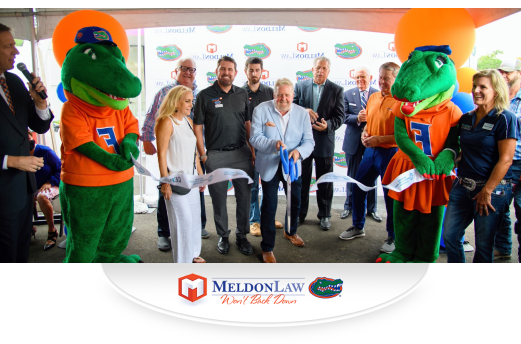Boating Under the Influence (Field Sobriety Exercises)

During an investigation for driving under the influence an officer may ask a person if they would agree to participate in a few exercises so the officer can determine if they are ok to drive. The most common exercises are Horizontal Gaze Nystagmus (HGN), the walk and turn, one leg stand and finger to nose exercises.
A key distinction between a DUI investigation and a BUI (Boating under the Influence) investigation is location, during a DUI investigation a person can get out of their vehicle and perform these exercises on a dry, paved surface typically. However, commonly a BUI investigation takes place on a body of water, so a person is essentially confined to their boat, which would make the walk and turn—which requires nine (9) heel to toe steps down a straight line and back—difficult if not impossible. Also, the one leg stand would be very hard to gauge as well since water has a tendency to cause a boat to rock back and forth.
The Tests and Their Limitations
An officer who is conducting a BUI investigation uses a set of exercises commonly referred to as the seated field sobriety exercises (FSEs). These seated FSEs include a few crossover exercises like the HGN and finger to nose, but also include the palm pat exercise and hand coordination exercise.
HGN is an exercise or test in which the officer will have you hold your head still and ask you to follow either a pen, light or finger with your eyes and eyes only as they move it from right to left. What the officer is attempting to see is nystagmus, which is an involuntary jerking of the eye, though there are many causes for nystagmus officer generally associate it with alcohol consumption or the consumption of certain drugs.
Next, the finger to nose exercise or test asks a person to use the pointer finger of each hand to touch the tip of their nose. The test requires a person to tilt their head back, close their eyes and the use the tip of their index finger to touch the tip of their nose. The officer will give a command as to which arm to use, which is usually left, right, left, right, right, left.
Specific clues that an officer would be looking for and would mark against you as signs of impairment would be if you missed your nose (or more specifically didn’t touch the tip of your finger to the tip of your nose), if you opened your eyes, searched for your nose, used the wrong hand or if you left your finger on your nose instead of returning you hand to your side.
The next two tests are different from the FSEs used in a DUI investigation. The first one is the palm pat, which requires a person to extend one hand and face their palm up. Then with the over hand place it palm down, the top hand then pats the bottom hand, then rotating the top hand pats the bottom hand with back side of the hand, while increasing speed. This movement is repeated, while the bottom hand stays still. The person is also instructed to count 1, 2, and repeats the count as the palm hits the stationary hand (1) and (2) as the backside hits the stationary hand.
While the hand coordination exercise is almost like an adapted walk and turn exercise, it requires a person to make a fist with each hand, placing the left fist on the center of your chest and the right against your left.
A person then is instructed to move their fists, while counting one to four in a step like fashion, then they are told to clap their hands three times. Then from the position that they ended in, the person is told to walk their hands back in revers to the starting position, counting five through eight. Finally, the person is told to place their hands on their lap.
These exercises have been studied, and none of them are 100% reliable in detecting impairment.
Call Meldon Law if Police Say You Failed a Sobriety Test
Many factors can affect a person’s performance on these tests, nervousness, prior hand or shoulder injuries, the officer provided the wrong instructions for the exercise, or the motion of the boat. If you were arrested for boating under the influence, call Meldon Law at 800-373-8000 to schedule a free consultation.




